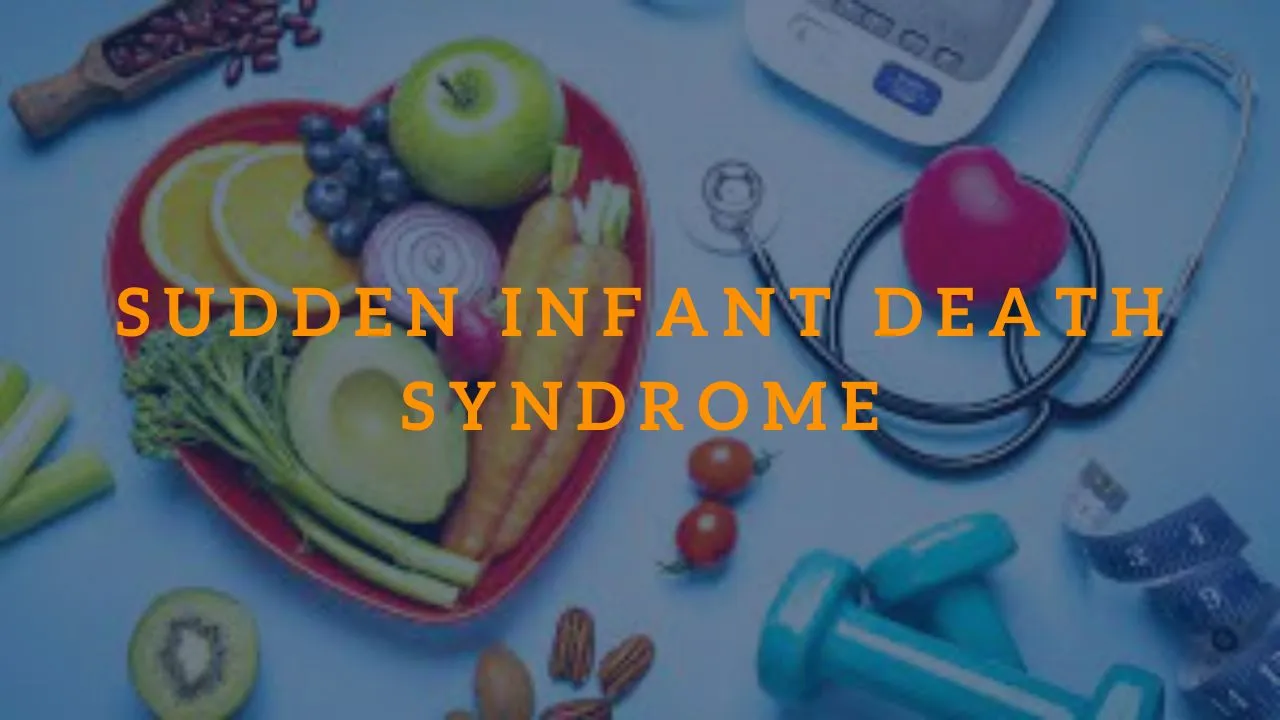Hello 1-GSM Visitors! In this article, we will be discussing Sudden Infant Death Syndrome or SIDS. SIDS is a heartbreaking and tragic event that can occur to any family. It is important to understand SIDS, its causes, and how we can prevent it from happening. Let us dive deeper into this topic.

What is SIDS?
SIDS is the sudden and unexpected death of an infant who is less than a year old. It usually happens during sleep, and the cause of death is unknown even after a thorough investigation. SIDS is also referred to as crib death or cot death.
What Are the Causes of SIDS?
The exact cause of SIDS is still unknown, but there are several factors that increase the risk of SIDS. These include:
- Brain abnormalities
- Low birth weight
- Respiratory infections
- Exposure to tobacco smoke during pregnancy or after birth
- Stomach sleeping position
- Overheating
- Soft bedding
- Premature birth
- Family history of SIDS
How to Prevent SIDS?
Although there is no guaranteed way to prevent SIDS, there are several steps that parents and caregivers can take to reduce the risk of SIDS:
- Always place the baby on their back to sleep, even during naps.
- Use a firm and flat sleep surface, such as a crib mattress covered with a fitted sheet.
- Remove all soft and loose bedding, such as blankets, pillows, and bumper pads.
- Avoid overheating the baby’s sleeping area.
- Do not let the baby sleep in the same bed as you.
- Avoid exposing the baby to smoke or smoking during pregnancy.
- Make sure the baby gets all recommended vaccinations.
What Are the Symptoms of SIDS?
SIDS usually happens during sleep, and there are no warning signs or symptoms. The baby seems healthy before the incident and dies without any distress or struggle.
What Should You Do If You Suspect SIDS?
If you suspect that your baby has SIDS, call 911 immediately. Do not attempt CPR or any other life-saving measures as these will not revive the baby. The authorities will investigate the incident, and you will need to cooperate with them.
How to Cope with the Loss of a Baby Due to SIDS?
The loss of a baby due to SIDS is a devastating event, and it is normal to feel overwhelmed with emotions such as grief, guilt, anger, and confusion. Seek support from family, friends, or a support group. It is essential to take care of yourself during this difficult time and seek professional help if necessary.
What Research is Being Done on SIDS?
There is ongoing research on SIDS to identify its causes and risk factors. Researchers are studying brain abnormalities, genetics, and environmental factors that may contribute to SIDS. They are also investigating the role of sleeping position, bedding, and overheating in SIDS. The goal is to develop effective prevention strategies and reduce the number of SIDS cases.
What Are the Statistics on SIDS?
According to the Centers for Disease Control and Prevention (CDC), there were about 1,400 SIDS deaths in the United States in 2019. SIDS is the leading cause of death for infants between one month and one year of age. SIDS affects all ethnic and socioeconomic groups, but it is more common among African American and American Indian/Alaska Native infants.
What Are the Other Types of Sudden Unexpected Infant Death?
There are two other types of sudden unexpected infant death: accidental suffocation and strangulation in bed and undetermined causes. Accidental suffocation and strangulation in bed happen when an infant gets trapped or entangled in bedding, furniture, or other objects. Undetermined causes happen when the cause of death cannot be determined even after a thorough investigation.
Conclusion
SIDS is a tragic event that can happen to any family. Although there is no guaranteed way to prevent SIDS, parents and caregivers can take steps to reduce the risk of SIDS. Always place the baby on their back to sleep, use a firm and flat sleep surface, remove all soft and loose bedding, and avoid overheating the baby’s sleeping area. Seek support if you have lost a baby due to SIDS, and take care of yourself during this difficult time. Research is ongoing to identify the causes and risk factors of SIDS and develop effective prevention strategies. Let us work together to reduce the number of SIDS cases.
See You Again at Our Other Interesting Article
